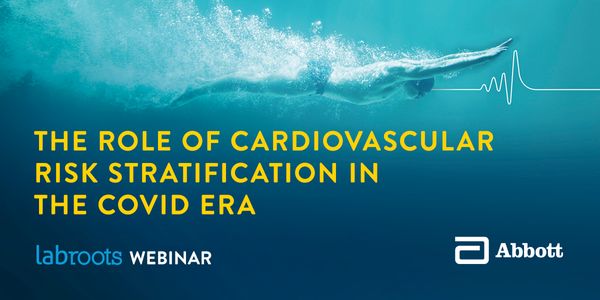Human health risk assessment
Human health risk assessments are used to minimize potential hazards that impact the health of a person or group. There is no standardized human health risk assessment as each unique situation and population would warrant personalized assessment procedures. General guidance dictates four phases to include in a human health risk assessment: 1) identifying the potential hazard, 2) assessing the overall exposure, 3) determining the impact of increasing degrees of exposure to the hazard, and 4) characterizing the risk.
-
The evolution of the planetary situation is presently knowing multiple rapid and severe complications impacting both geophysical as well as all the life aspects. Multiple parameters undergo...
JUN 02, 2022 | 8:30 AM
Date: June 02, 2022 Time: 8:30am (PST), 10:30am (CST), 11:30am (EST) Cardiac biomarkers like high-sensitivity Troponin I might play a major role in the prevention of cardiovascular diseases....
We are in critical need of targeted and individualized treatments for mental health disorders, which affect nearly 50% of Americans during our lifetimes. Brain stimulation treatments, includ...
AUG 19, 2021 | 8:00 AM
DATE: August 19, 2020 TIME: 8:00am PT, 11:00pm ET Type 2 diabetes mellitus (T2D) is associated with an increased risk of osteoporotic fractures. Several factors have been identified as being...
Human T cells are critical effectors of immune protection from infections, autoimmune pathology, and cancer immunotherapy. We use CRISPR-mediated gene editing in primary human T cells to sys...
...
Speaker:
Heather Bowerman
, Michelle McMurry-Heath, MD, PhD
, Charlotte D. Owens, MD, FACOG
, Yesmean H. Wahdan, MD
, Kaveeta P. Vasisht, MD, PharmD
, Julie M. Zissimopoulos, PhD
Presented at: 5th Annual Vivian Pinn Symposium
...
Speaker:
Arthur P. Arnold, PhD
, Ana Mari Cauce, PhD
, Leslie Meltzer Henry, JD, PhD, MSc
, Londa Schiebinger, PhD
, Kim Templeton MD, FAAOS, FAOA
Presented at: 5th Annual Vivian Pinn Symposium
I will first discuss findings from the larger field on microplastics effects across taxa in freshwater and marine ecosystems, and then cover ongoing work in our research group comparing resp...
Speaker:
Susanne Brander, Ph.D.
This session introduces basic concepts of imaging-based high-throughput screening (HTS) and high-throughput profiling assay development. Imaging-based HTS assays are designed to evaluate a d...
Cancer disparities among persons of African descent are driven by both biological and nonbiological factors. There is evidence in breast cancer that psychosocial factors (environment, socioe...
Speaker:
K. Sean Kimbro, PhD
























